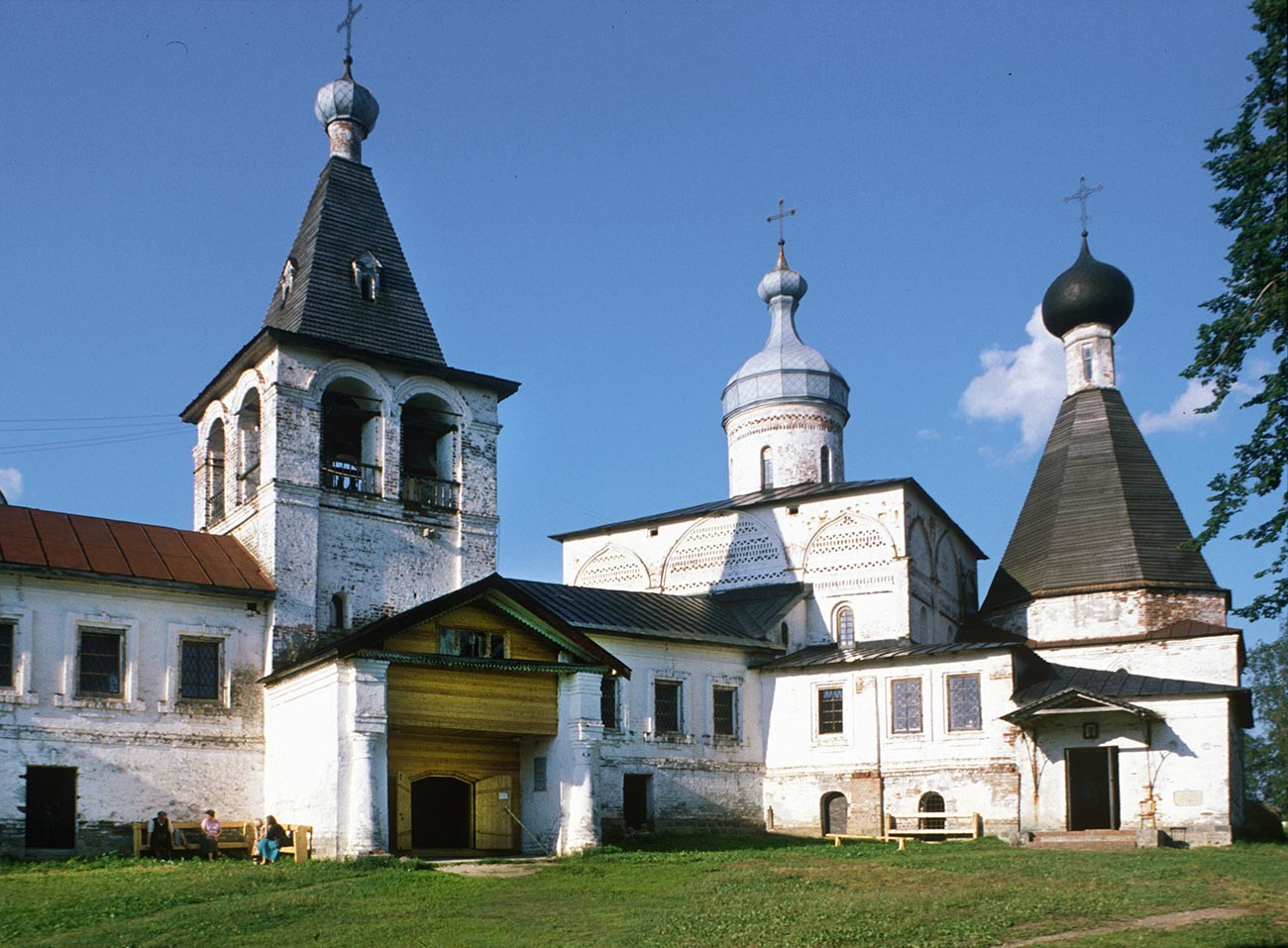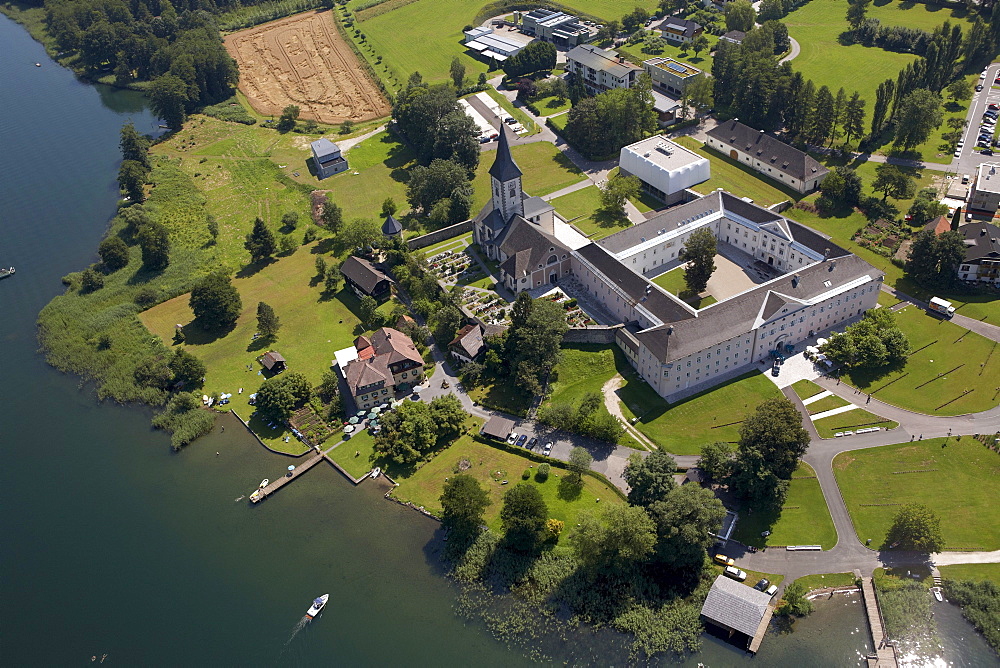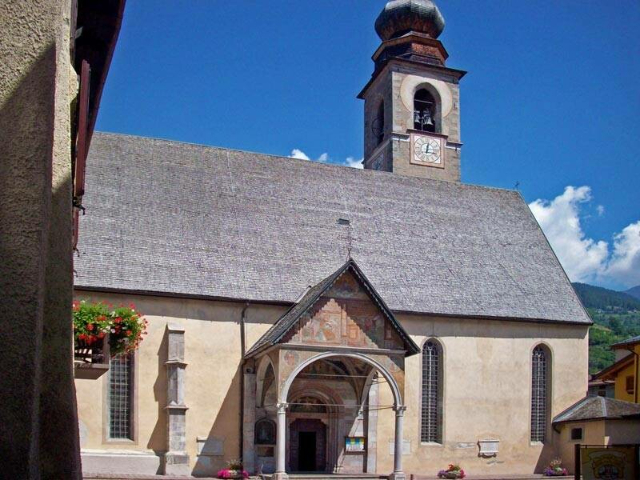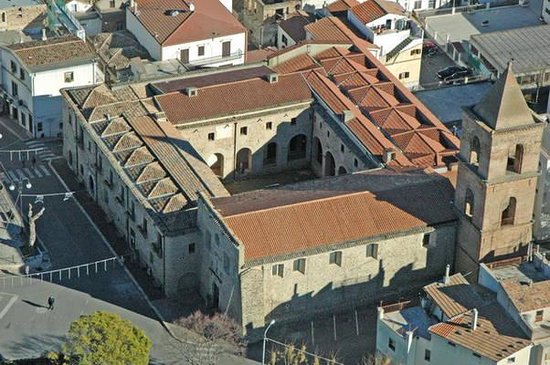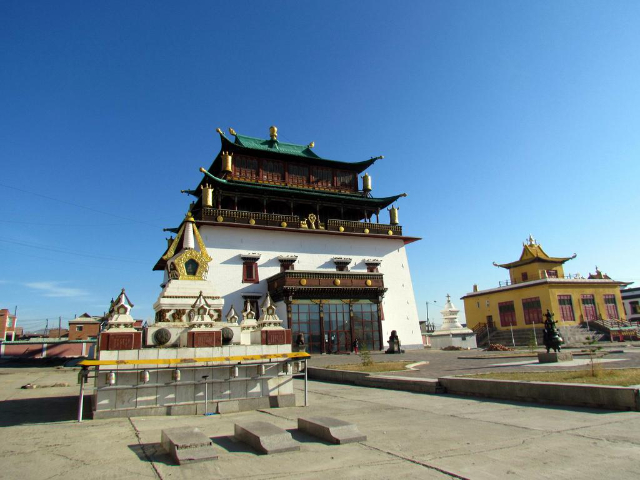The Ferapontov Belozersky Nativity Monastery is a monastery of the Vologda diocese of the Russian Orthodox Church located in the village of Ferapontovo, Vologda Oblast, about 119 km north-west of Vologda.The history of the Belosersk monastery of the Nativity of the Virgin in Ferapontovo is in some crucial points connected with the important historical events of the epoch when a centralized Russian state was formed. Founded in 1398 by St.Ferapont, a friend and associate of St.Kirill Belozersky, the Ferapontov Monastery had been one of the major religious and cultural centres of Belozersk region for about 400 years. Thanks to the activities of Kirill Belozersky’s pupil – St.Martinian Belozersky who was an abbot of the Troitse-Sergiev Monastery in 1447-1455, the Ferapontov Monastery won wide renown. Together with the Kirillo-Belozersky Monastery, it became a traditional place of worship and contribution of many representatives of Russian feudal nobility (Andrei and Mikhail Mozhayskiye, Vassily III, Ivan IV and others). Well-known hierarchs of the Russian church who took an active part in the life of the country left the monastery to spread God’s Word among people in the XV-XVI centuries (Archbishop Rostovsky and Yaroslavsky Ioasaf (Obolensky), Bishop Permsky and Vologodsky Filofei, Bishop Suzdalsky Ferapont). The monastery was also important as a political prison. Among the Muscovite politicians exiled to Kirillov were Vassian Patrikeyev, Tsar Simeon Bekbulatovich, Patriarch Nikon, and the prime minister Boris Morozov. Such scribes as Martinian, Spiridon, Filofei, Paisiy, Matfei, Efrosin and the icon painter Dionisy worked here.
The XVIth century is the period of prosperity for the monastery. This is confirmed by the contribution letters and the charters of the civil and church authorities, above all Ivan IV, Vassily III and Elena Glinskaya and Ivan IV attended divine services in the monastery. The monastery contribution book started in 1534 names among the contributors "the princes Staritsky, Kubensky, Lykovy, Belsky, Shuisky, Vorotinsky … Godunovy, Sheremetyevy" and others. The Siberian, Rostov, Vologda, Belozersk and Novgorod rulers are also mentioned here.
Obtaining the relics of Martinian and his subsequent cannonization brought more attention to the monastery, which helped to increase contributions and incomes.
The Ferapontov Monastery was the richest owner in Lake Beloe region. About 60 villages, more than 300 peasants and 100 waste plots of land belonged to it at the beginning of XVII century.
The forming of the brick ensemble of the Ferapontov Monastery of XV-XVII centuries started in 1490 with the construction of the first brick temple of Lake Beloe region, the Cathedral of the Nativity of the Virgin, by Rostov masters. This edifice is the best preserved of three sister cathedrals erected in the 1490s in the Russian North. All the interior walls are covered with invaluable frescoes by the great medieval painter Dionisy.
In XVI century the monumental church of the Annunciation with a refectory, the Treasury Chamber and the household buildings (the stone drying chamber, the guest chamber, the cooking chamber) were built in the monastery. Recovered after the Lithuanian ravage, in XVII century the monastery constructed the churches on the Holy gates, the Church of St.Martinian and a bell tower.
In 1798 the Ferapontov Monastery was abolished by the decree of the Sinod.
In XIX century the decreased monastery territory was surrounded by a brick wall.
In 1904 the monastery was re-opened as a convent, but it was closed again in 1924.
